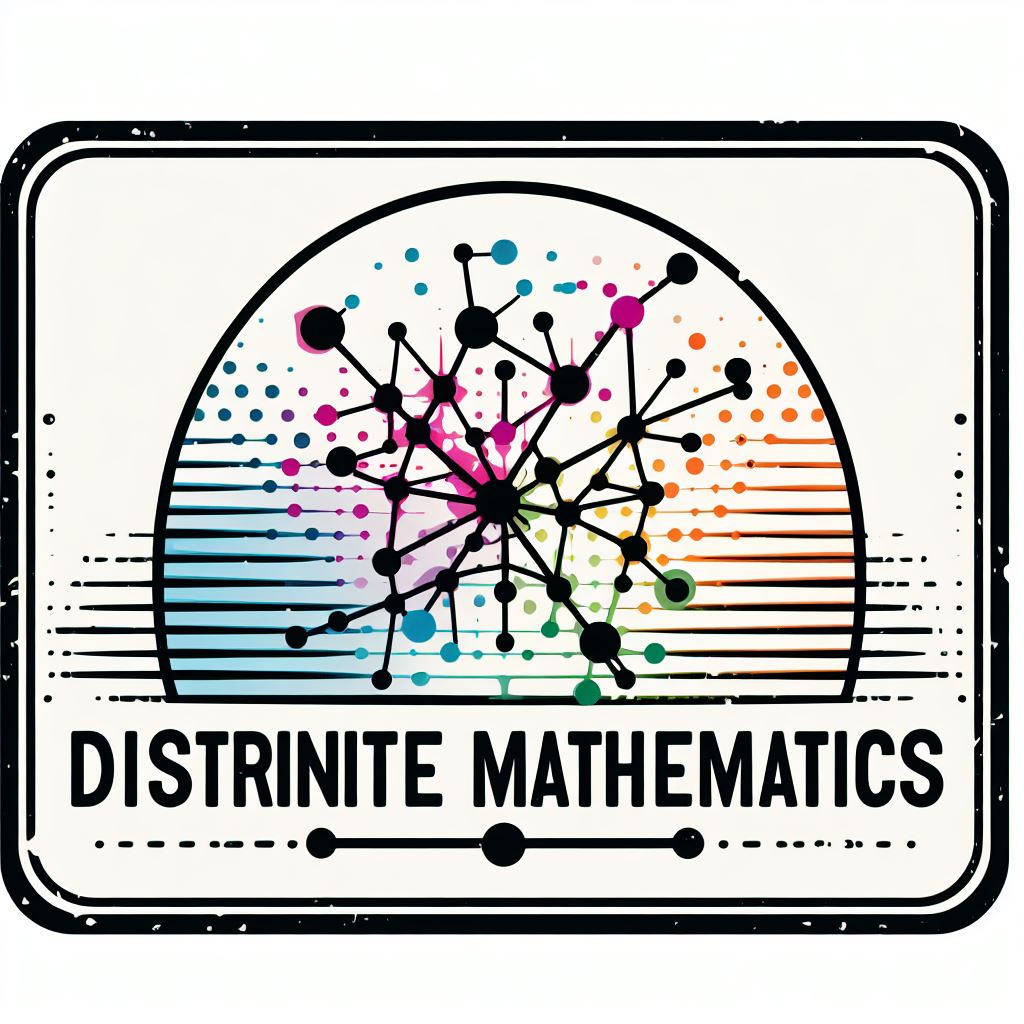22. Recovery Practice#
Maximum time: 1 week
Submission deadline: 10/07/2025
22.1. Introduction#
This recovery practice integrates all concepts covered in the four previous practices. You will work with a social network dataset to apply graph analysis, visualization, and exploration techniques that you have learned throughout the course.
22.3. Exercise 1: NumPy Analysis (25%)#
22.3.1. Section 1.1: Fundamental matrices (15%)#
Using only NumPy and basic NetworkX functions (without using predefined functions for matrix calculations), implement and calculate:
Adjacency matrix of the graph
Degree matrix (diagonal matrix with the degrees of each node)
Laplacian matrix (D - A)
Normalized Laplacian matrix (D^(-1/2) * L * D^(-1/2))
def calculate_matrices(G):
"""
Calculates fundamental matrices of the graph using NumPy
Returns:
- adjacency_matrix: adjacency matrix
- degree_matrix: degree matrix
- laplacian_matrix: laplacian matrix
- normalized_laplacian: normalized laplacian matrix
"""
# Your implementation here
return adjacency_matrix, degree_matrix, laplacian_matrix, normalized_laplacian
22.3.2. Section 1.2: Connectivity analysis (10%)#
Implement a function that finds all nodes with degree greater than or equal to a given value:
def find_high_degree_nodes(adjacency_matrix, min_degree):
"""
Finds nodes with degree >= min_degree
Parameters:
- adjacency_matrix: adjacency matrix
- min_degree: minimum degree
Returns:
- numpy array with indices of nodes that meet the condition
- if no nodes exist, return array with [-1]
"""
# Your implementation here
return high_degree_nodes
Deliverables: Notebook numpy_analysis.ipynb with all calculations, printed matrices, and result analysis.
22.4. Exercise 2: Visualization and Analysis with Pandas/Matplotlib/NetworkX (25%)#
22.4.1. Section 2.1: DataFrame creation (10%)#
Create a Pandas DataFrame containing information for each node:
# Required DataFrame structure:
# - node_id: node identifier
# - degree: node degree
# - clustering: clustering coefficient
# - betweenness: betweenness centrality
# - closeness: closeness centrality
# - community: community to which it belongs (use nx.community.greedy_modularity_communities)
# - connections: list of neighboring nodes
22.4.2. Section 2.2: Visualizations (15%)#
Create 4 different visualizations using Matplotlib and/or Seaborn:
Degree distribution histogram
Scatter plot of betweenness centrality vs closeness
Bar chart showing average degree per community
Graph visualization with nodes colored by community and size proportional to degree
Each visualization must have:
Descriptive title
Axis labels
Legend when appropriate
Comments explaining what it shows
Deliverables: Notebook visualization_analysis.ipynb, DataFrame exported as karate_network_data.csv, and the 4 visualizations saved as PNG files.
22.5. Exercise 3: Graph Exploration (25%)#
22.5.1. Section 3.1: Algorithm implementation (15%)#
Implement from scratch (using only NumPy and Python lists) the three exploration algorithms, and the most important, DO A TRACE OF THE STEPS as we did during the practice:
Note
In class, we implemented these algorithms, so you can use those implementations, but It is compulsory to implement a trace of the algorithms. Otherwise, you will get a 0 in this exercise.
def bfs_implementation(graph, source, target):
"""
BFS implemented from scratch
Returns: (steps, path)
"""
# Your implementation here
return steps, path
def dfs_implementation(graph, source, target):
"""
DFS implemented from scratch
Returns: (steps, path)
"""
# Your implementation here
return steps, path
def random_walk_implementation(graph, source, target, max_steps=1000, seed=42):
"""
Random Walk implemented from scratch
Returns: (steps, path, success)
"""
# Your implementation here
return steps, path, success
22.5.2. Section 3.2: Comparative analysis (10%)#
Execute the three algorithms to find paths between 5 different pairs of nodes (you choose the pairs). For each pair:
Execute each algorithm
Compare length of found paths
Analyze number of steps needed
Create a summary table with results and discuss observed differences.
Deliverables: Notebook graph_exploration.ipynb with implementations, tests, and comparative analysis.
22.6. Exercise 4: Node2Vec and Classification (25%)#
22.6.1. Section 4.1: Node2Vec implementation and application (25%)#
Using the Node2Vec code provided in classes:
Apply Node2Vec to the karate club graph
Experiment with different parameters:
Embedding dimensions: [8, 16, 32]
Number of walks: [10, 20, 50]
Walk length: [10, 20, 40]
Visualize embeddings using PCA to reduce to 2D
Color points according to the real community of each node
Deliverables: Notebook node2vec_analysis.ipynb.
22.7. Submission#
22.7.1. Final ZIP structure:#
lastname_firstname.zip
├── numpy_analysis.ipynb
├── visualization_analysis.ipynb
├── graph_exploration.ipynb
├── node2vec_analysis.ipynb
├── visualization1.png
├── visualization2.png
├── visualization3.png
└── visualization4.png
22.7.2. Evaluation criteria:#
Code correctness: 40%
Analysis and discussion: 30%
Visualization quality: 20%
Structure and documentation: 10%
22.7.3. Important notes:#
You CANNOT use predefined functions for algorithms you must implement from scratch
Document your code well with explanatory comments
Include analysis and conclusions in each exercise
Use appropriate seeds for reproducibility
Follow best practices seen in class
Good luck with your recovery practice!
